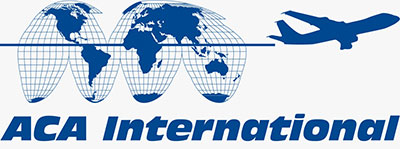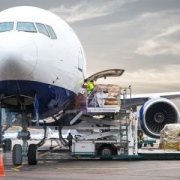Air Cargo Volumes Surge in June, Setting Stage for a ‘Hot Q4’ in Rates

Strong Demand Growth Paired with Limited Supply Points to Significant Rate Increases, Putting Pressure on Shippers and Forwarders to Strategize for Peak Season
The global air cargo market is gearing up for a potentially intense fourth quarter, with expectations of significant rate hikes. This projection follows a sixth consecutive month of double-digit growth in June, underscoring a robust recovery. According to the latest analysis by Xeneta, shippers and forwarders who are not adequately prepared for this year’s peak season may find themselves ‘at the mercy of the market.’
June saw a 13% year-on-year increase in demand, measured in chargeable weight, continuing the positive momentum experienced throughout the first half of 2024. In contrast, cargo supply grew at its slowest rate this year, with only a 3% year-on-year increase.
This imbalance between supply and demand has led to a tighter market. Xeneta’s dynamic load factor, which measures capacity utilization based on the volume and weight of cargo flown against available capacity, rose by 4 percentage points year-on-year.
As the market heads towards Q4, the constrained supply and increasing demand suggest that air cargo rates could climb sharply. This scenario emphasizes the importance for shippers and forwarders to strategize effectively to avoid potential disruptions and cost escalations during the peak season.
If you have any queries, call us at +353 1 533 7772 or email us at [email protected]. Additionally, please visit our website, our facebook and Linkedin pages.



















